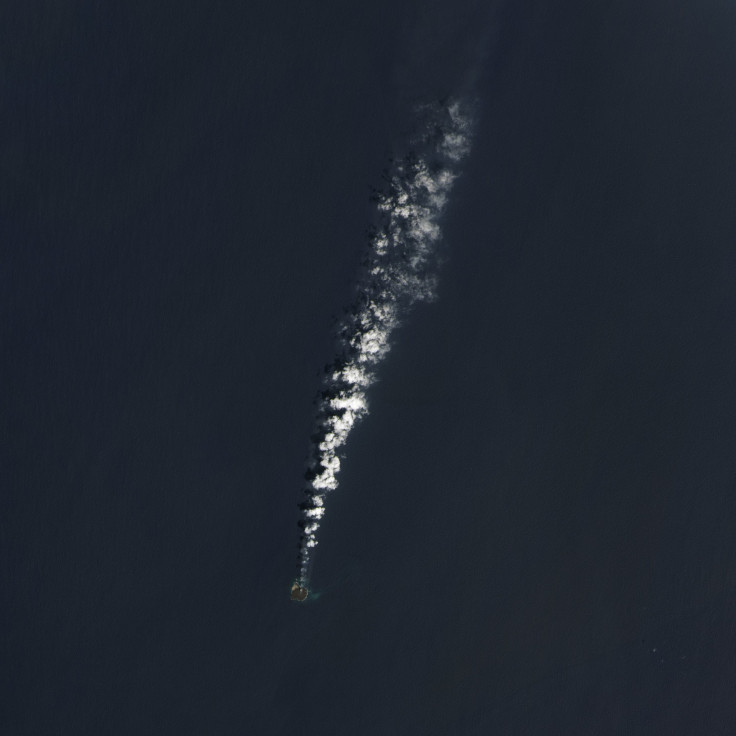Small Volcano Island Fuses With Another To Form ‘Niijima’ Off Japanese Coast [PHOTOS]

An underwater volcano that broke through the ocean’s surface in November has now merged with another volcano island. The new island formation off the Japanese coast has been named Niijima.
The natural phenomenon was captured by a NASA satellite known as Landsat 8. The island lies 600 miles south of Tokyo in the Ogasawara Island chain. The first image of the new conjoined island was captured on March 30 and shows how the landmass stands at 196 feet above sea level -- nearly triple the highest point reported in December, according to NASA’s Earth Observatory.
In November, the baby volcanic island was reported to have broken the ocean’s surface, nearly 2,000 feet away from a nearby volcano island that expanded about 40 years ago. At the time, scientists expected the new island to survive for several years, but it had continued to grow.
The new island lies in area known for its seismic activity. Called the Pacific "Ring of Fire," the area stretches from Chile to Alaska, Siberia and New Zealand and houses about 90 percent of the world’s earthquakes.

Beneath the newly conjoined island is a giant submarine volcano that last erupted in 1973 and 1974, according to the Japanese Coast Guard. Volcanic lava flows are the most active on the southern portion of the new island.
NASA’s Earth Observatory reports that the fluffy cumulus clouds in the photos may be a sign of a volcanic eruption. According to Slate's Phil Plait, this isn't the case. In a process known as nucleation, clouds are formed as water droplets condense around dust particles from the volcano’s plume. But the clouds’ spotted pattern may stem from cyclic volcanic pumping, Plait wrote in his blog called Bad Astronomy.
“Our planet is an active one, constantly churning and moving. Old land is subducted under continental plates, and new land forms as volcanoes take the guts of the Earth and eject them onto the surface,” he wrote about the new volcanic island. “This usually takes millions of years to see real progress, but it does sometimes also happen on a human timescale.”
© Copyright IBTimes 2024. All rights reserved.






















